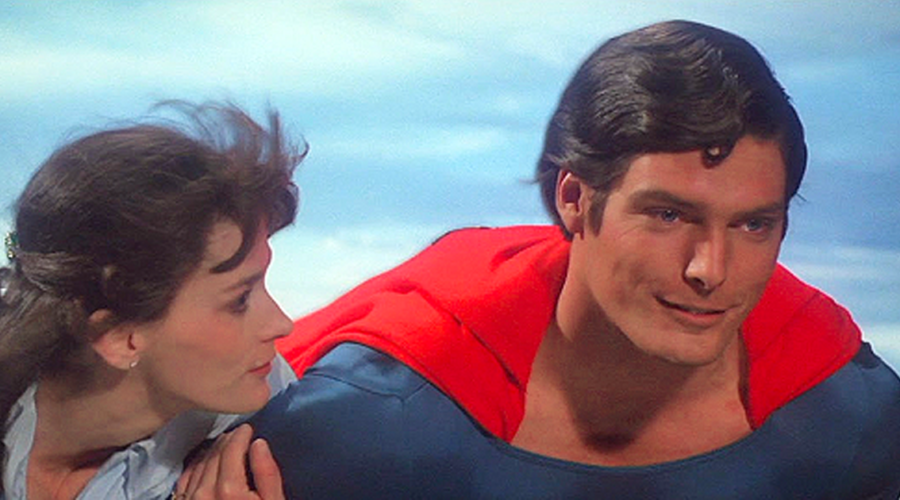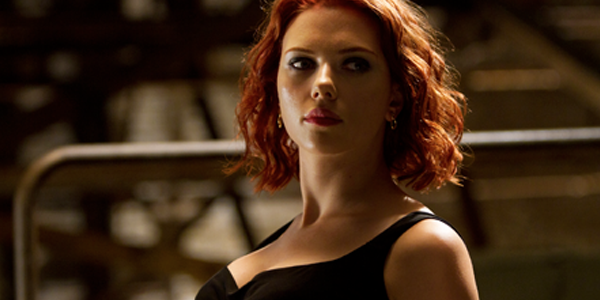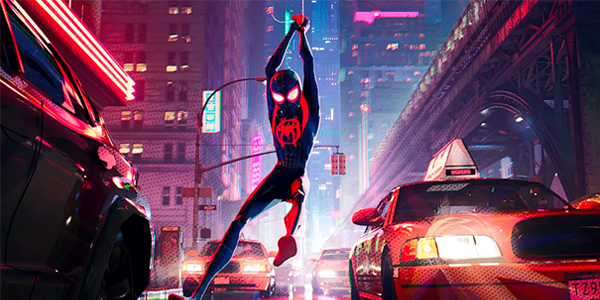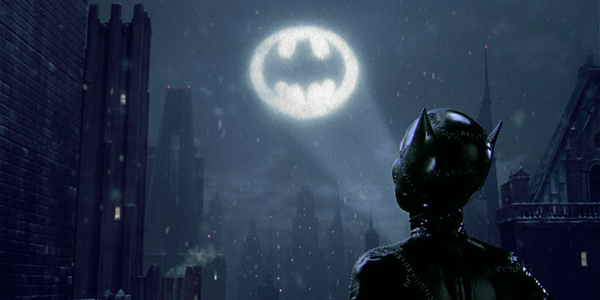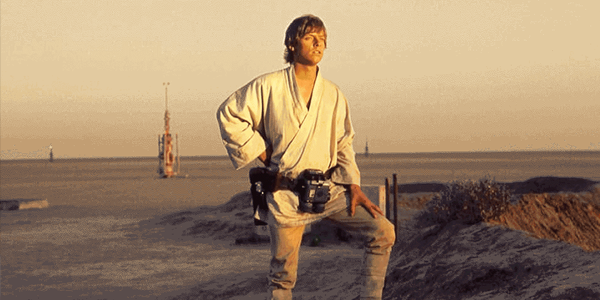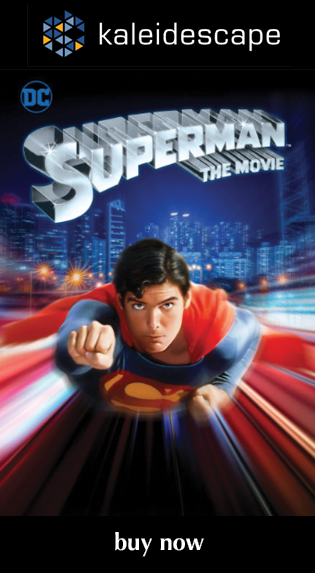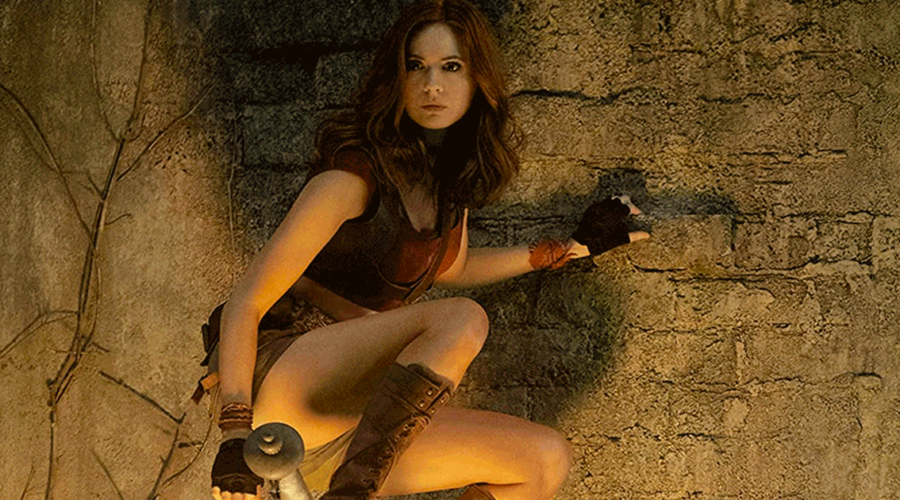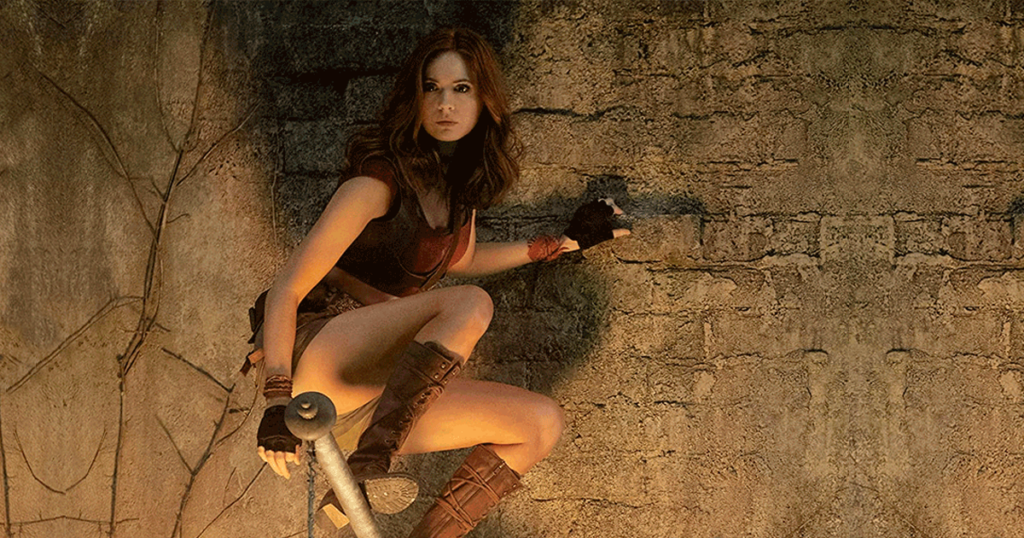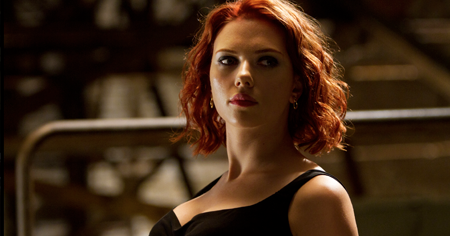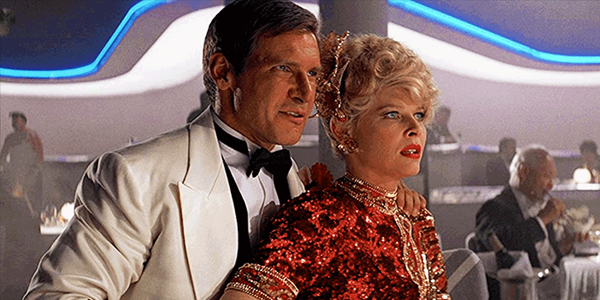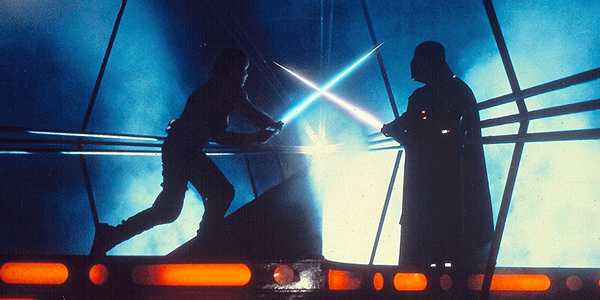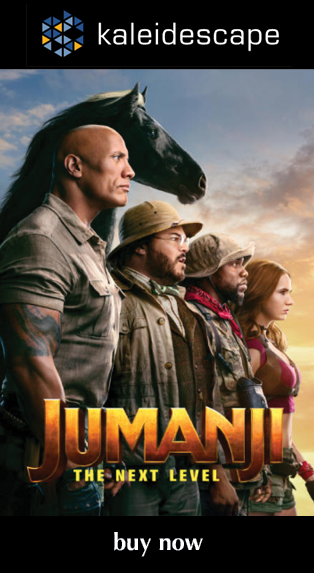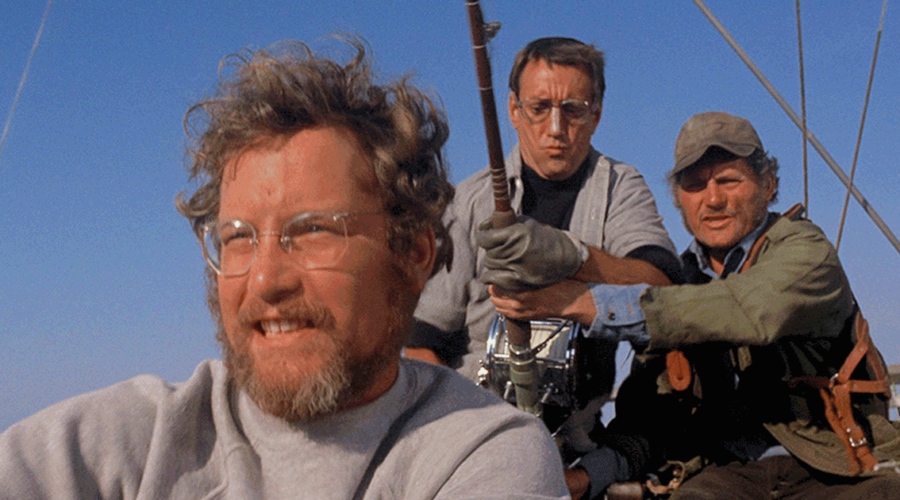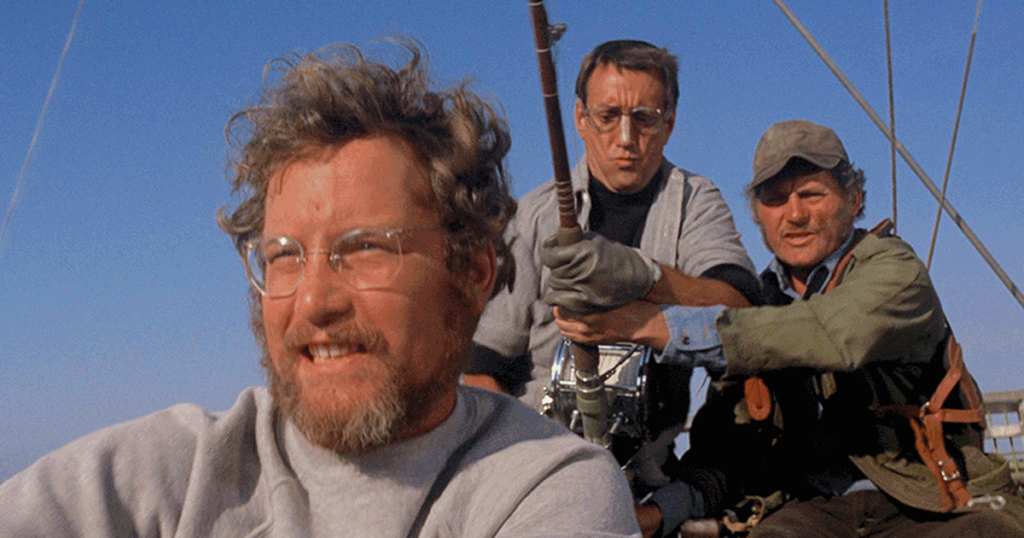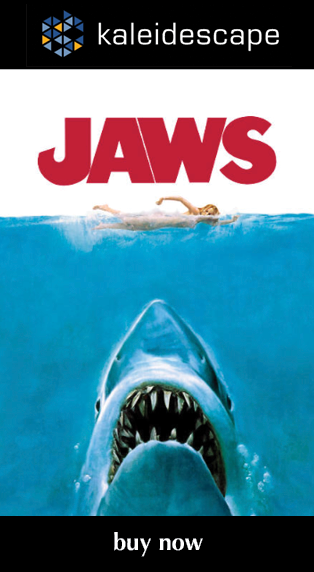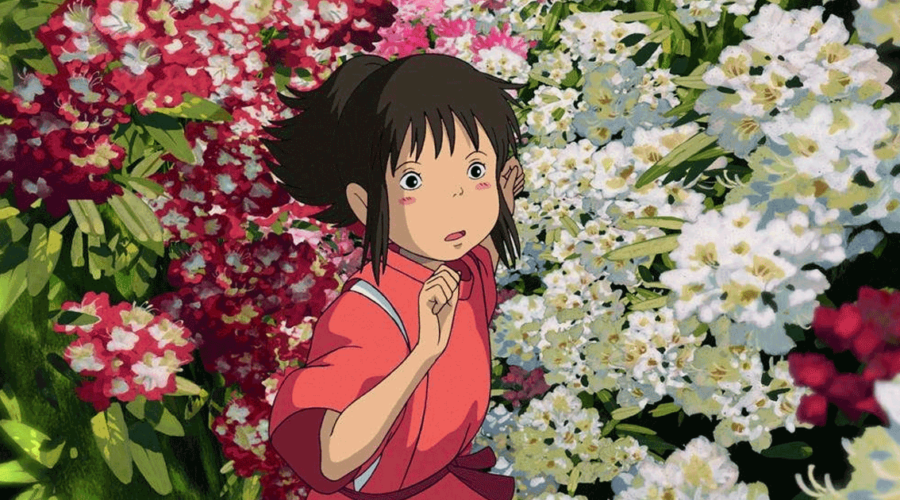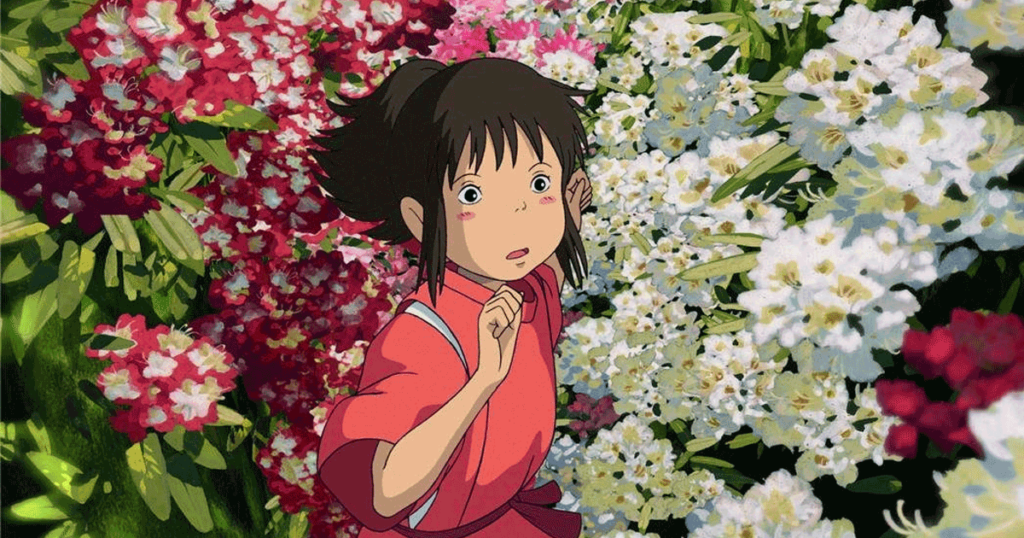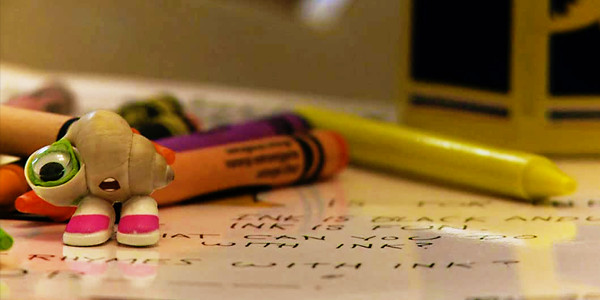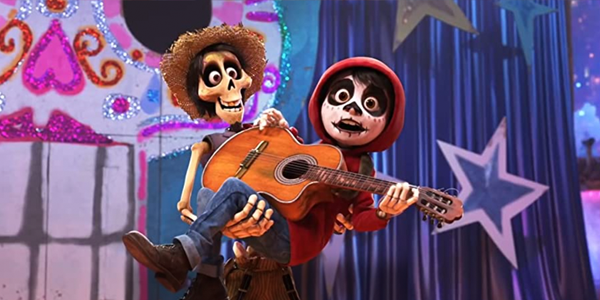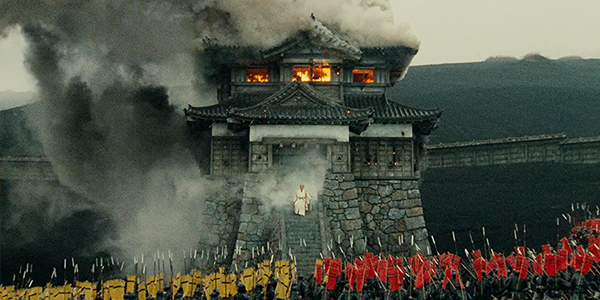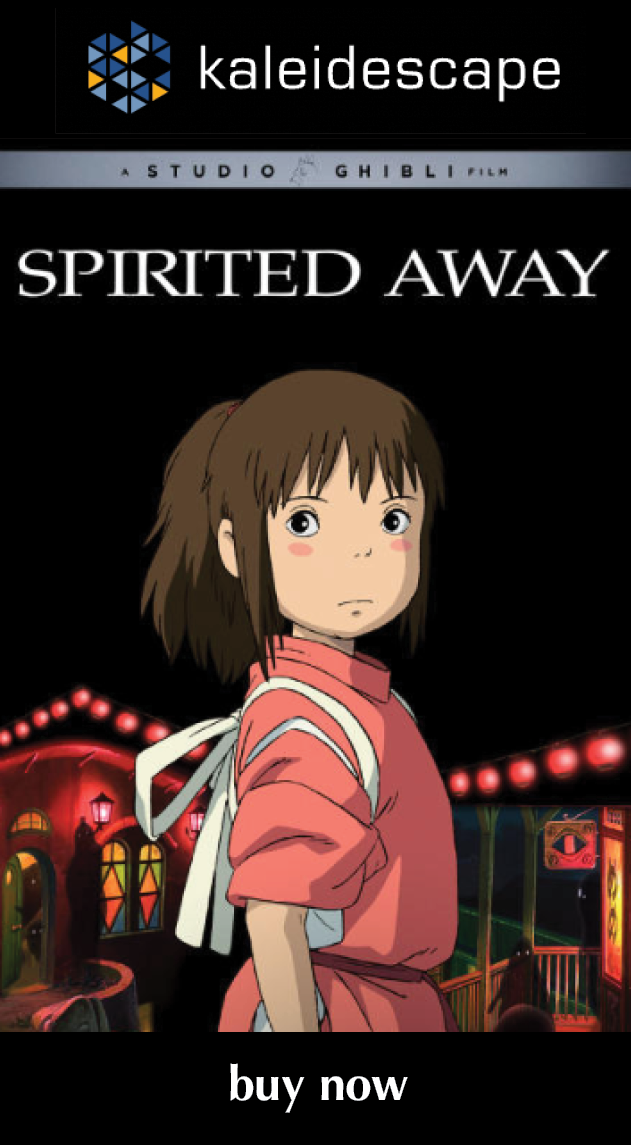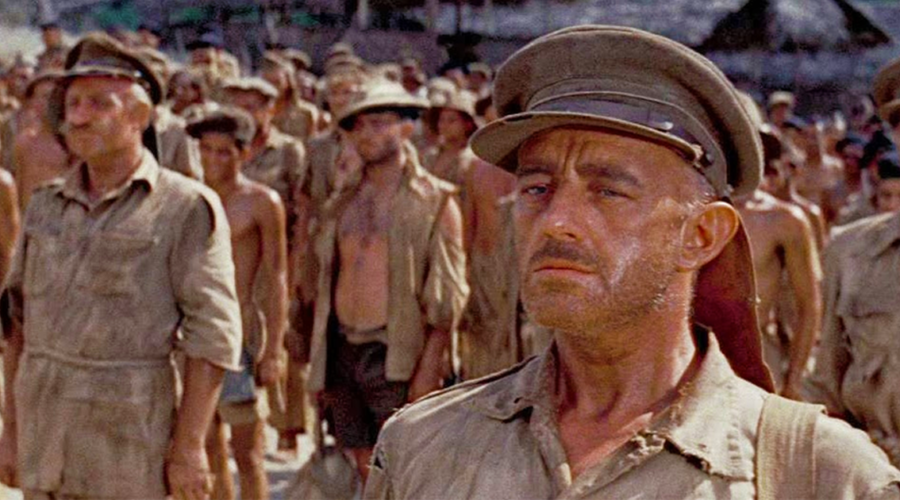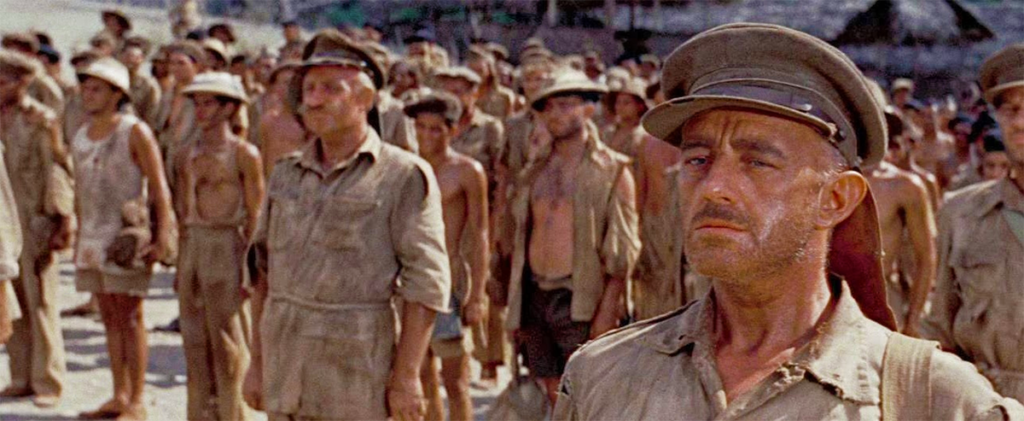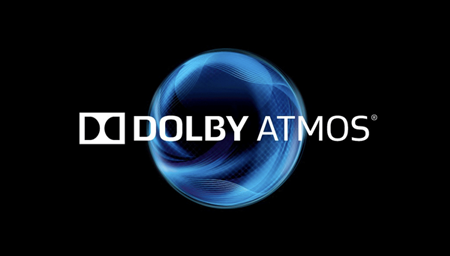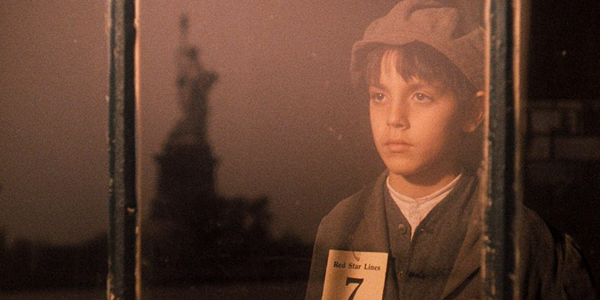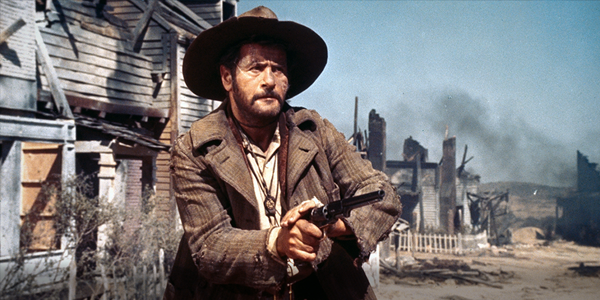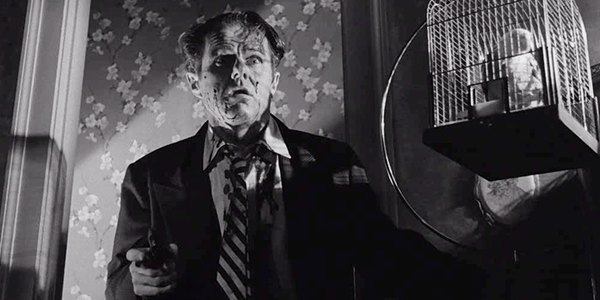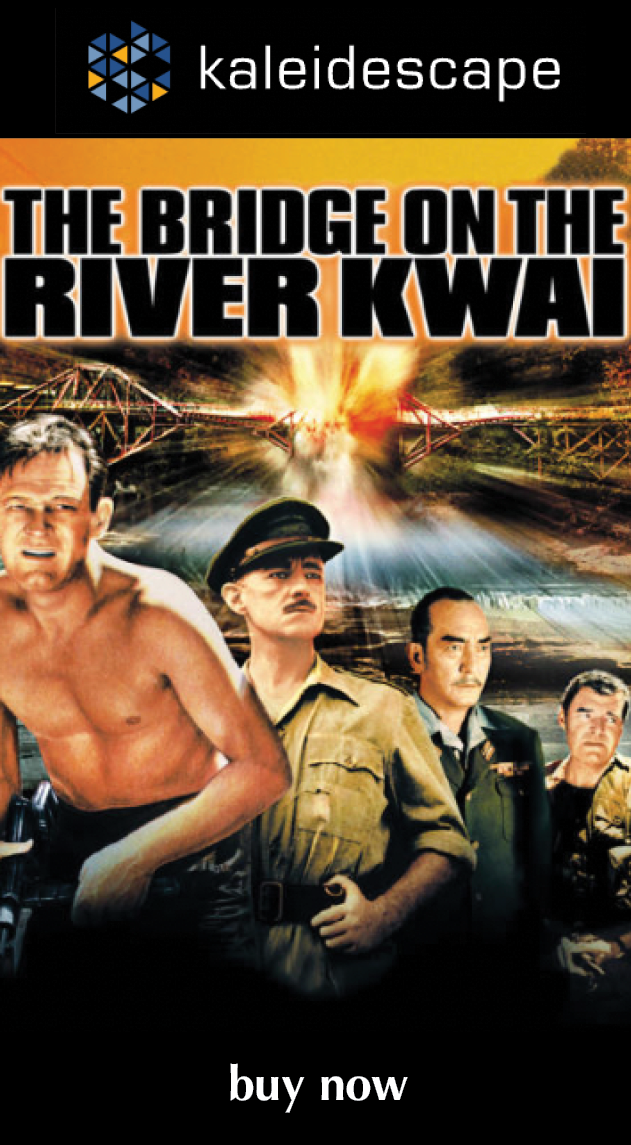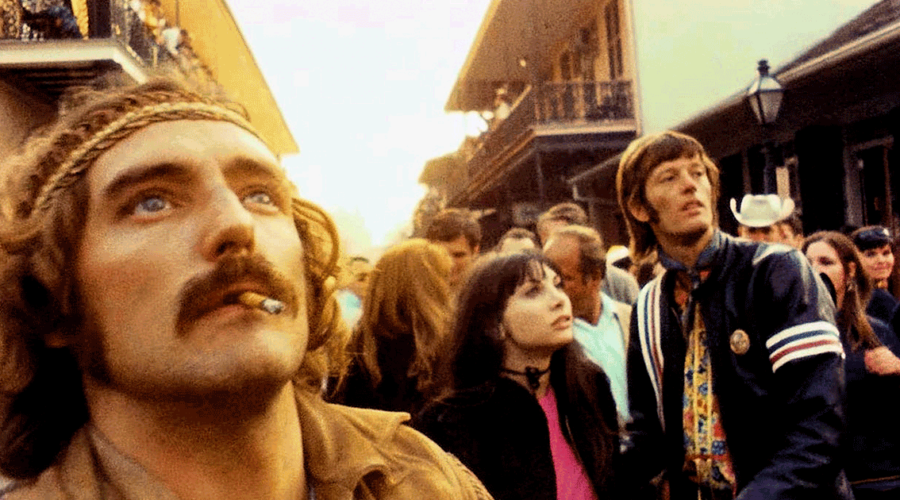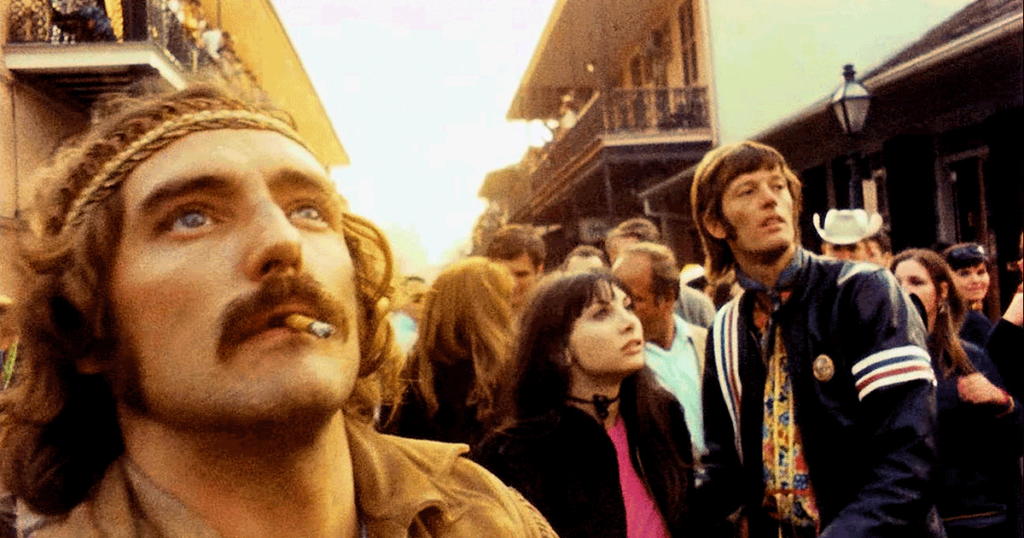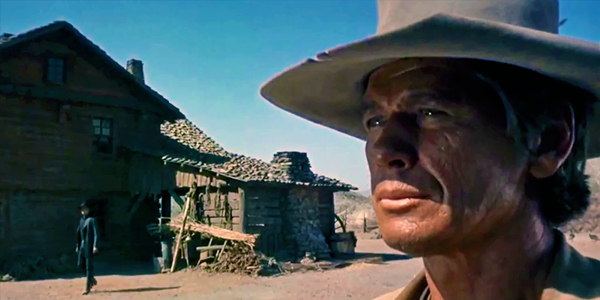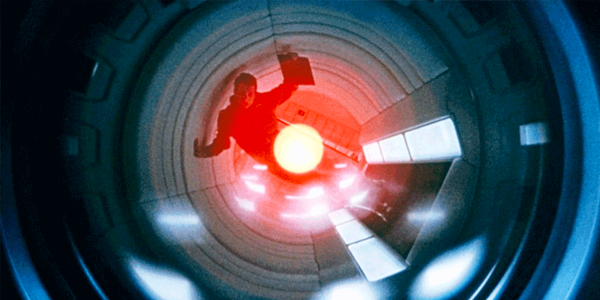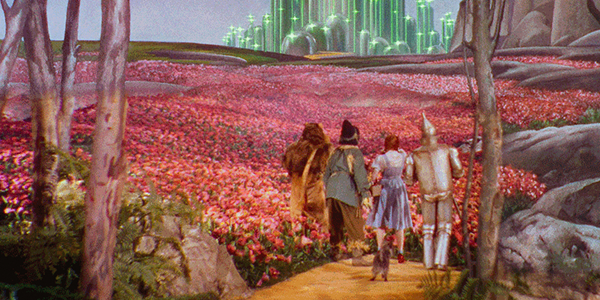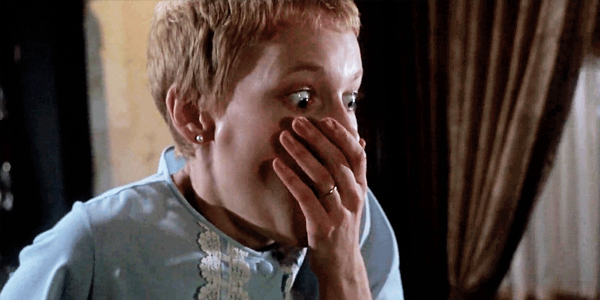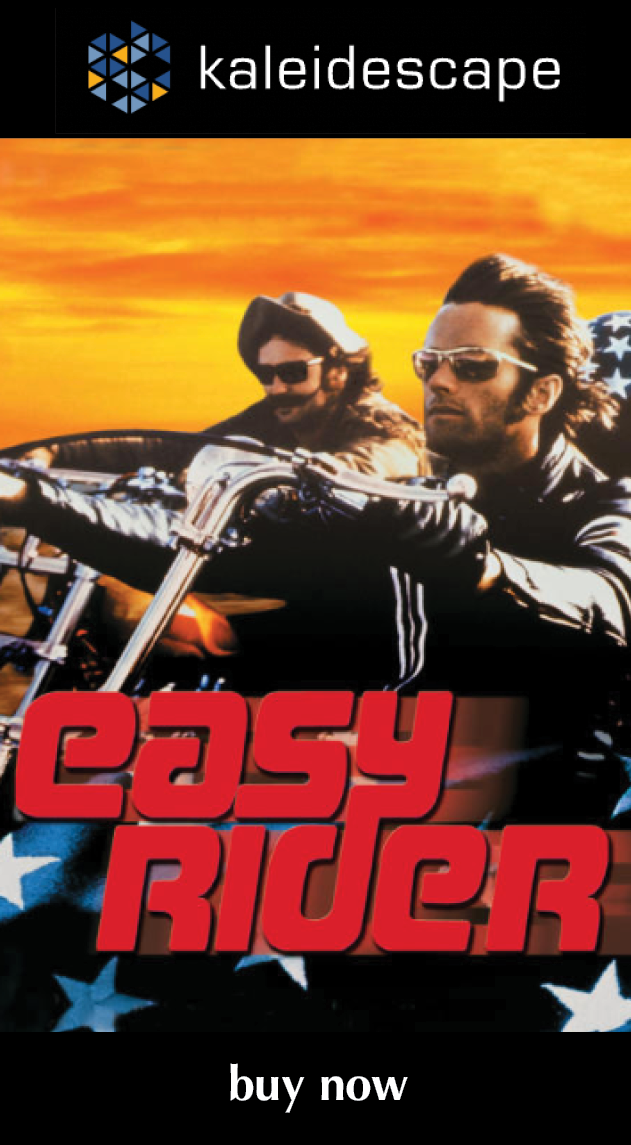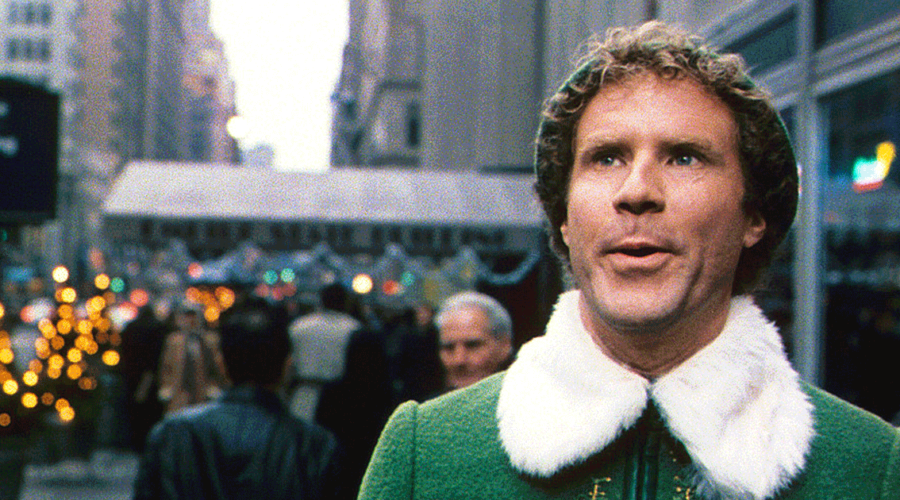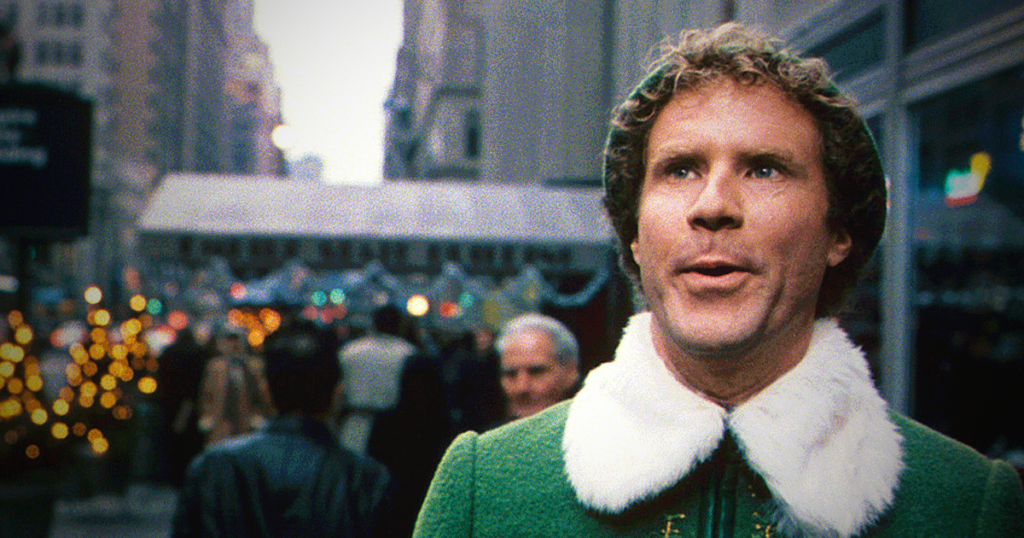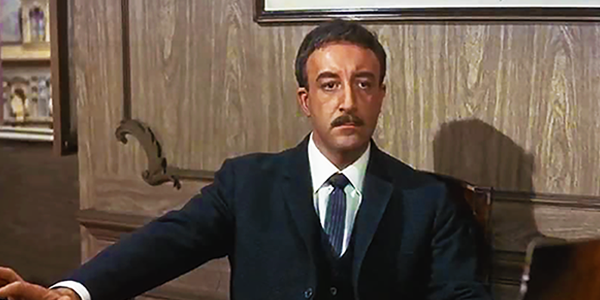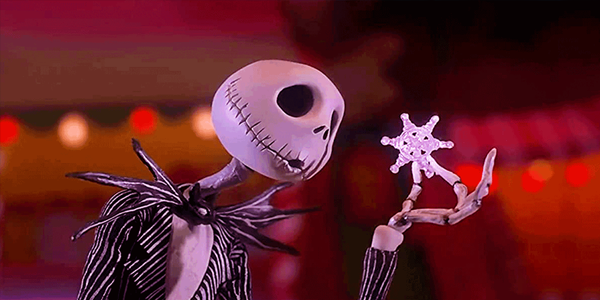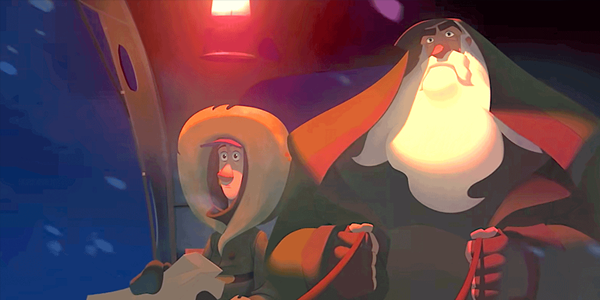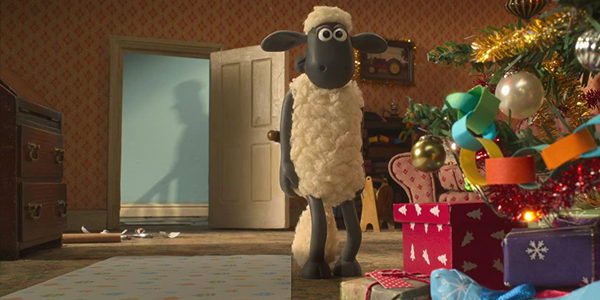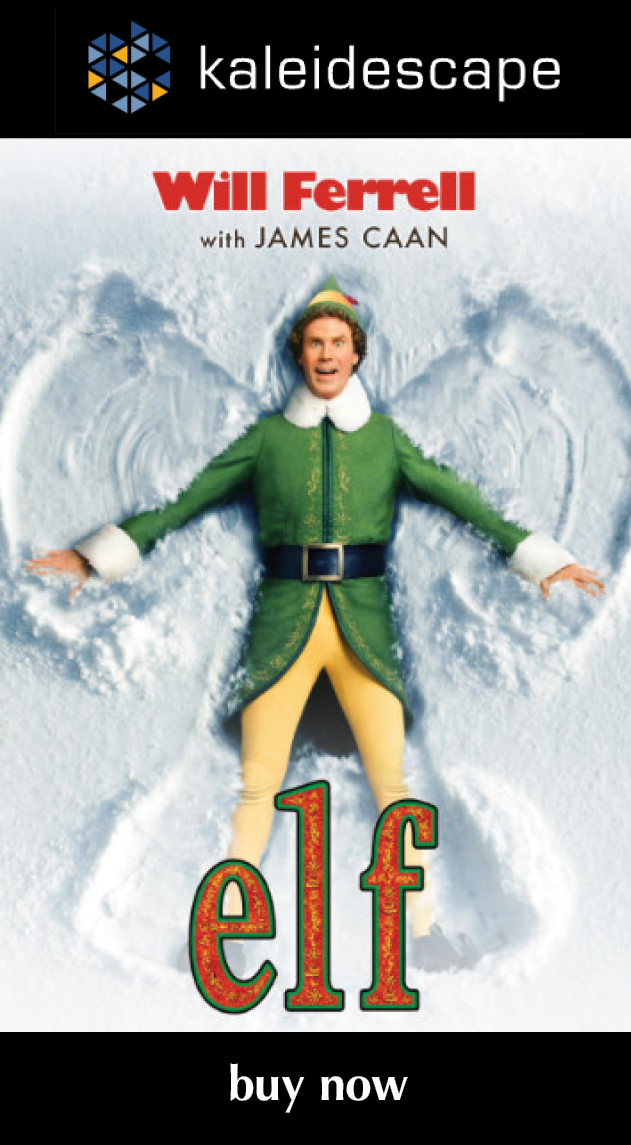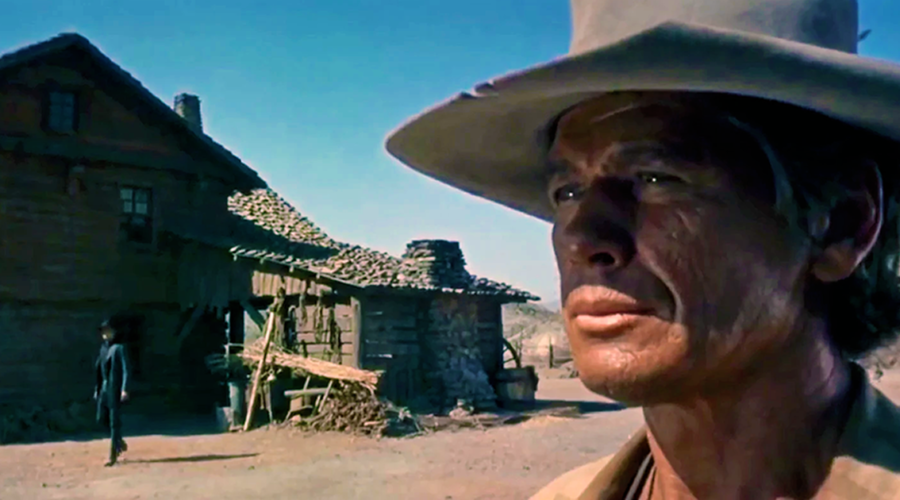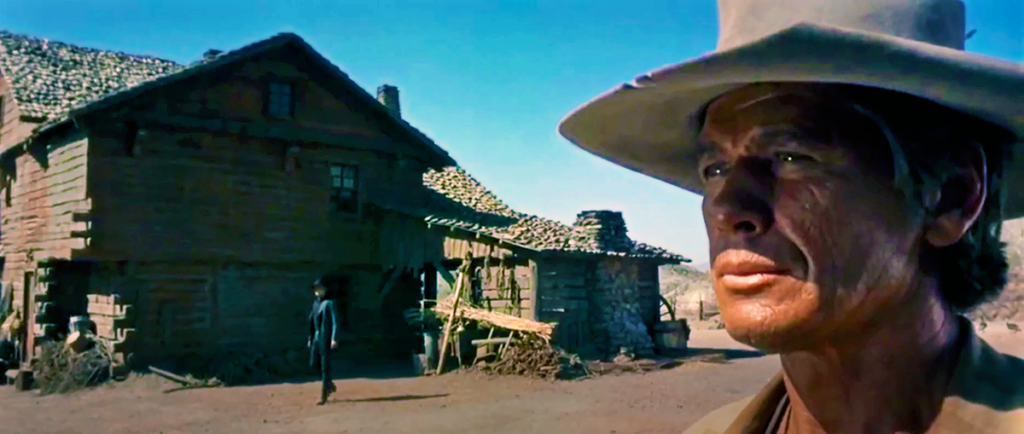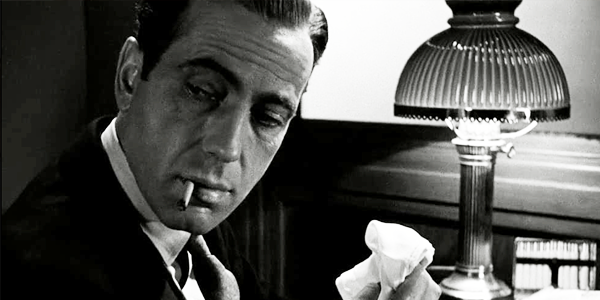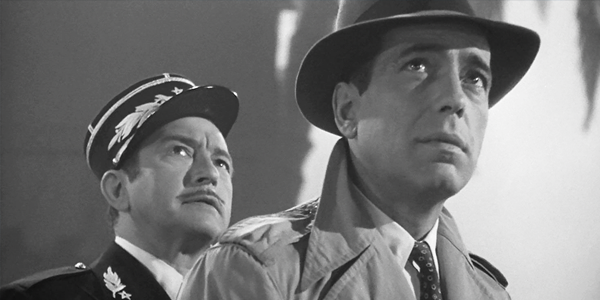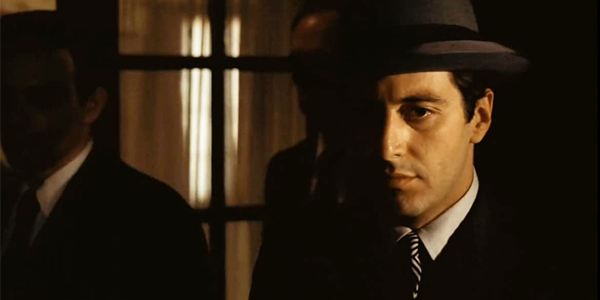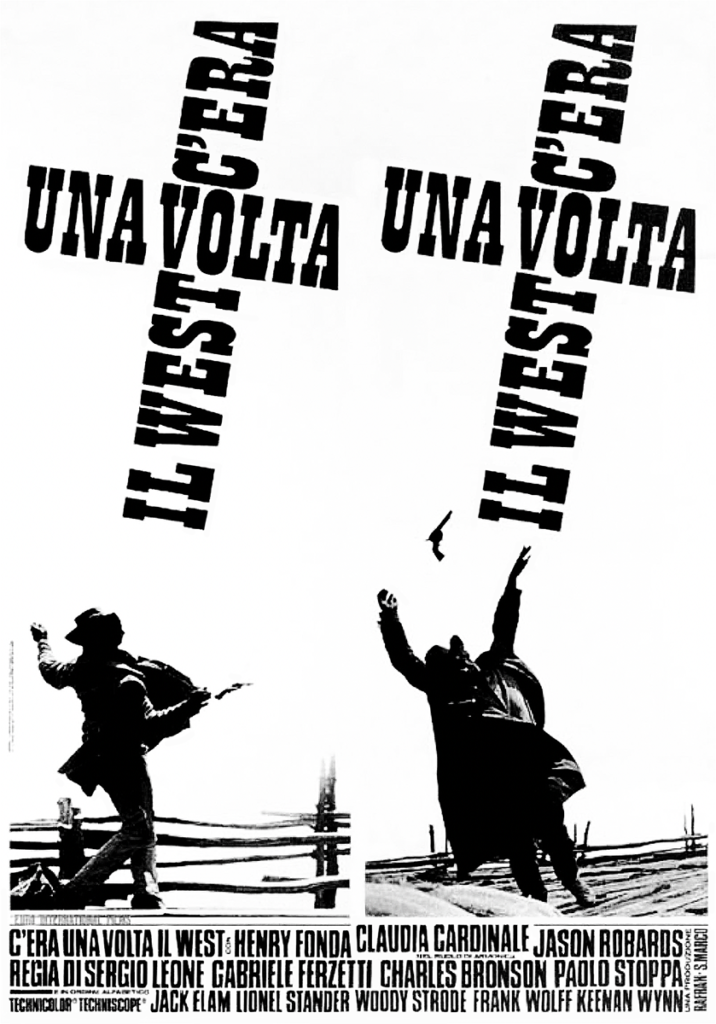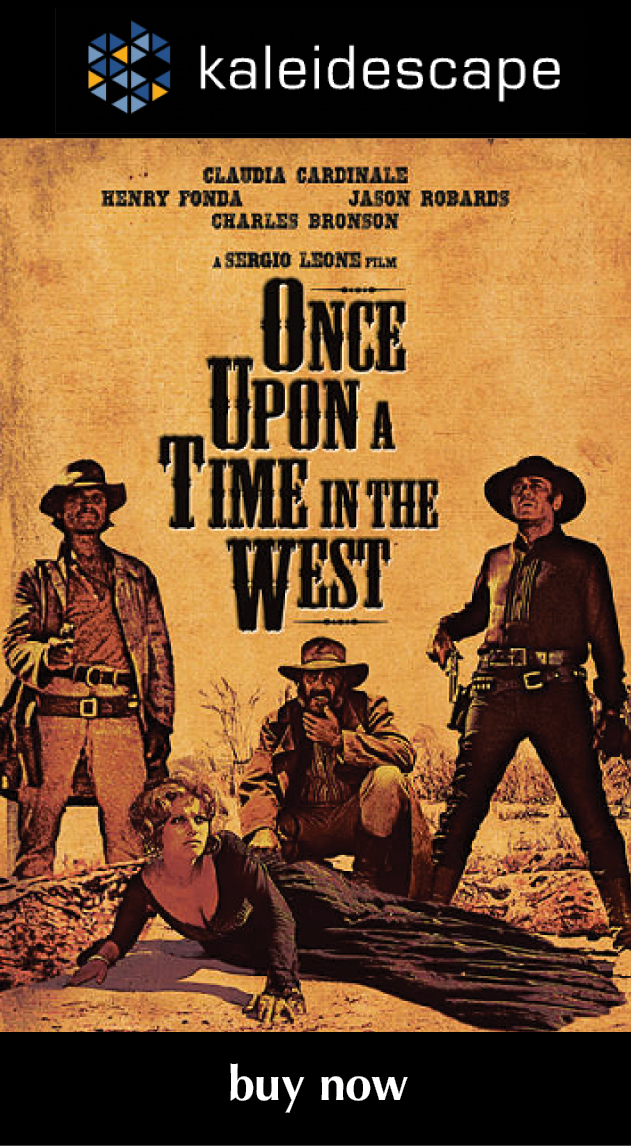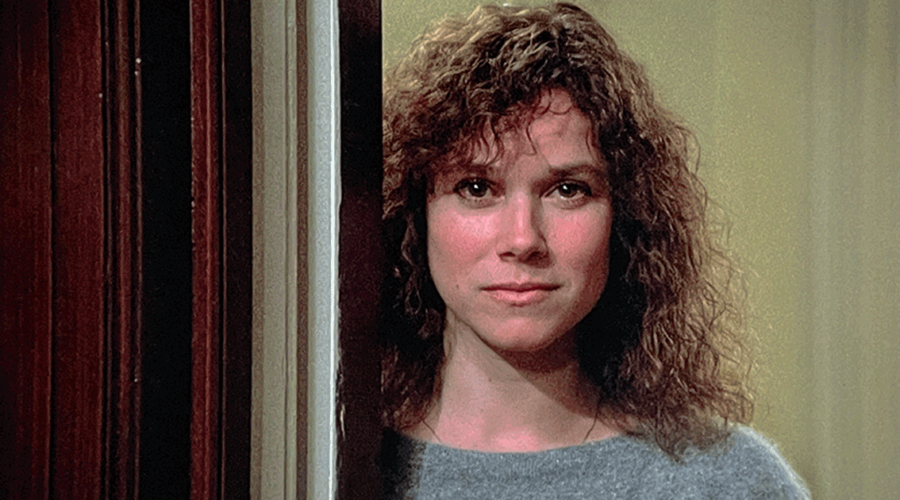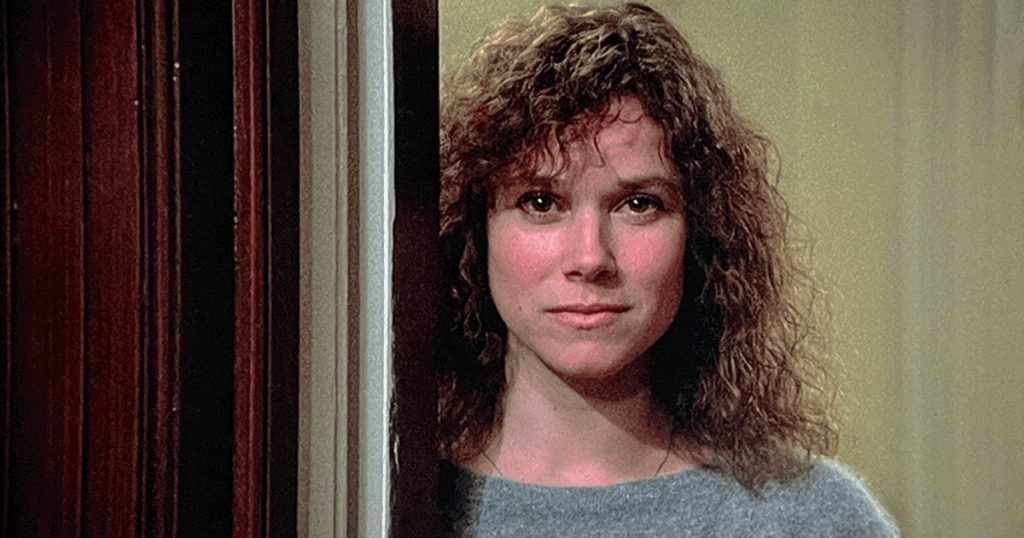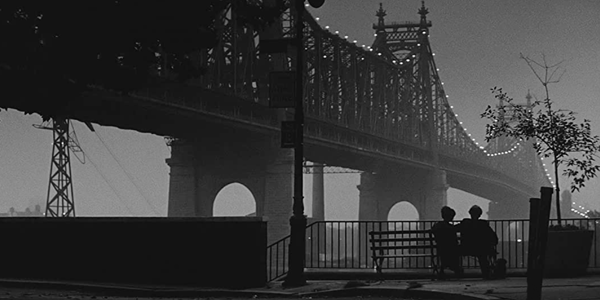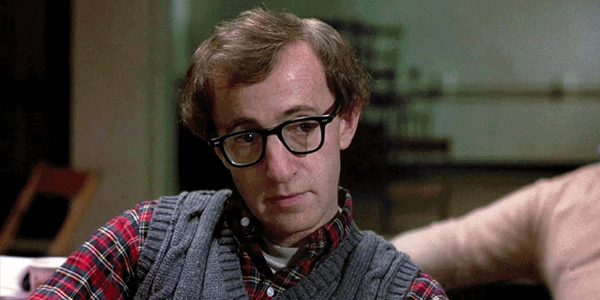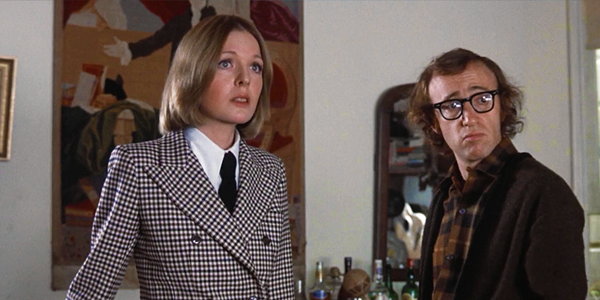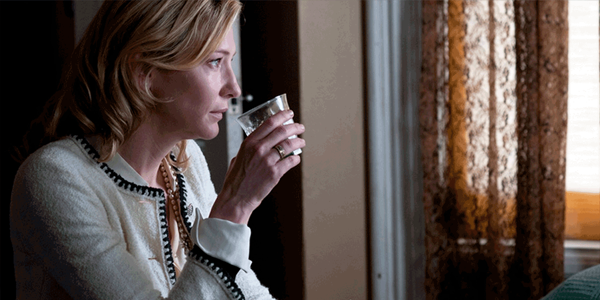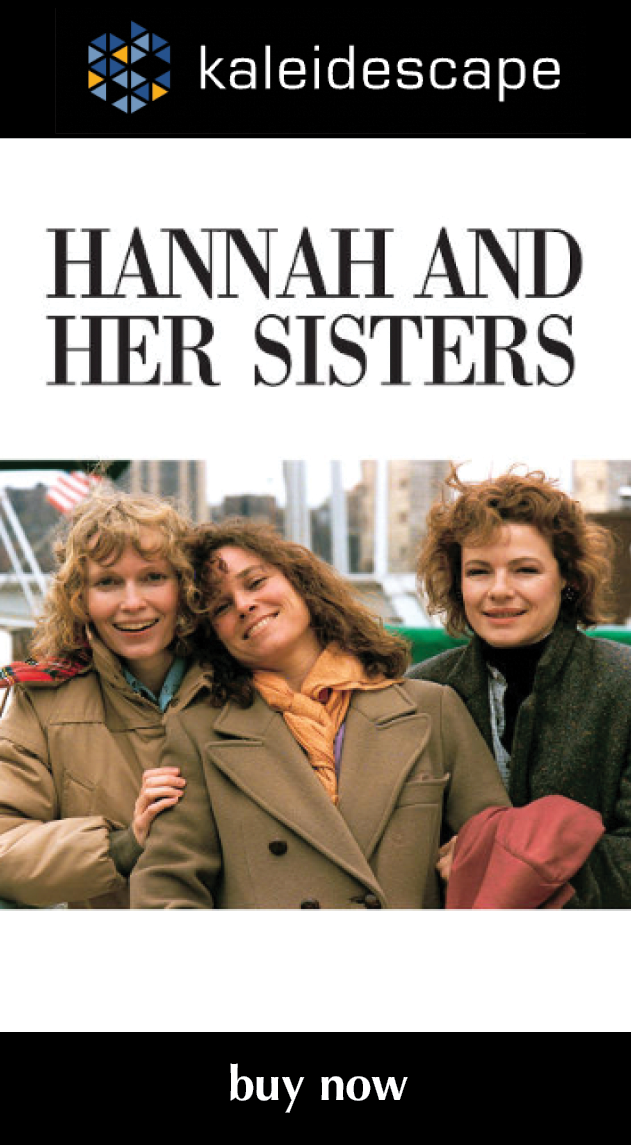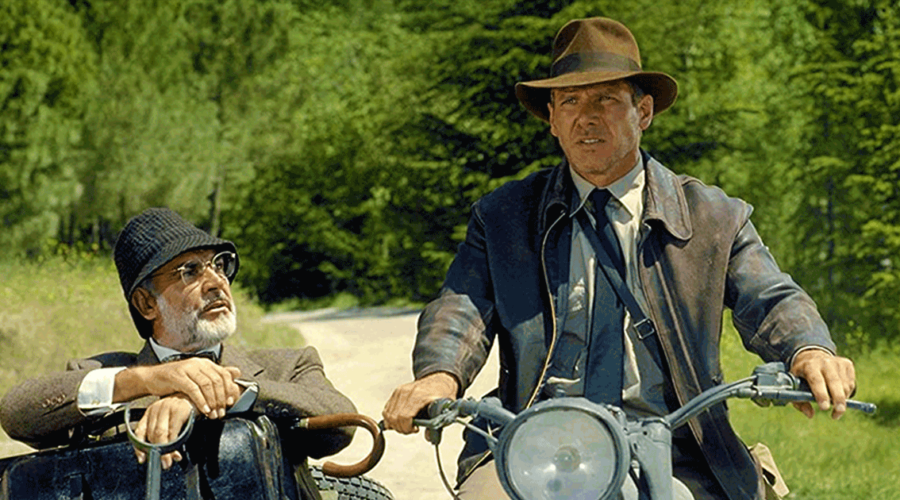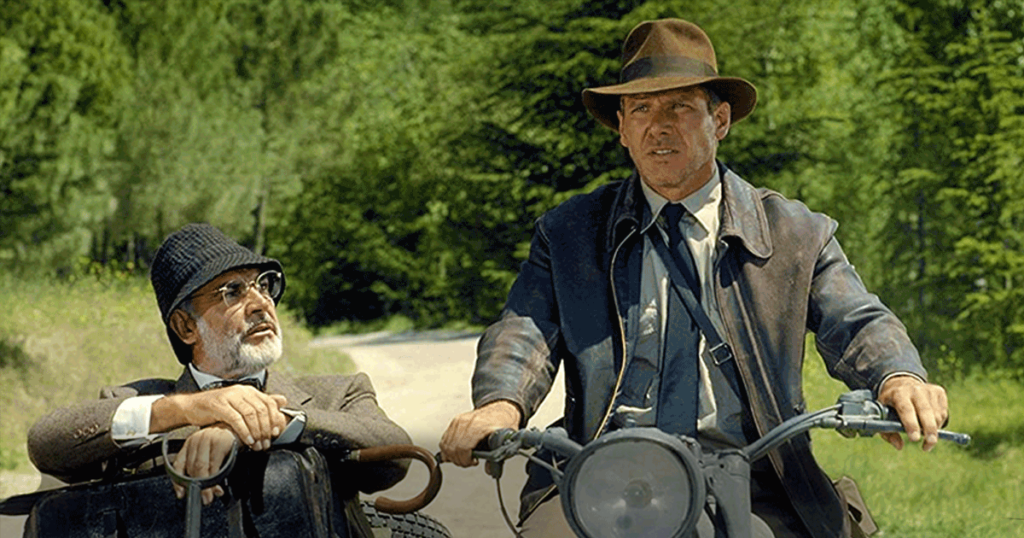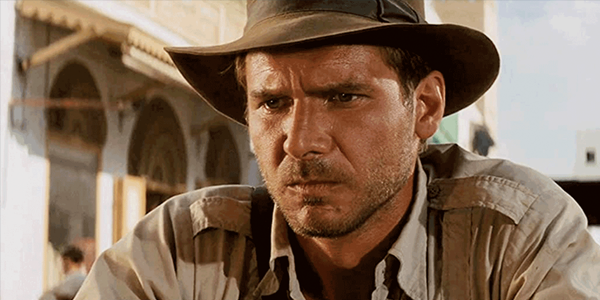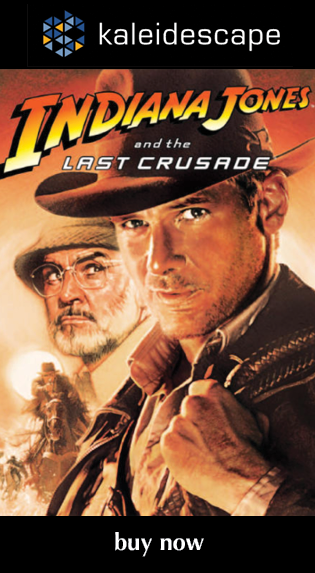Review: Superman: The Movie
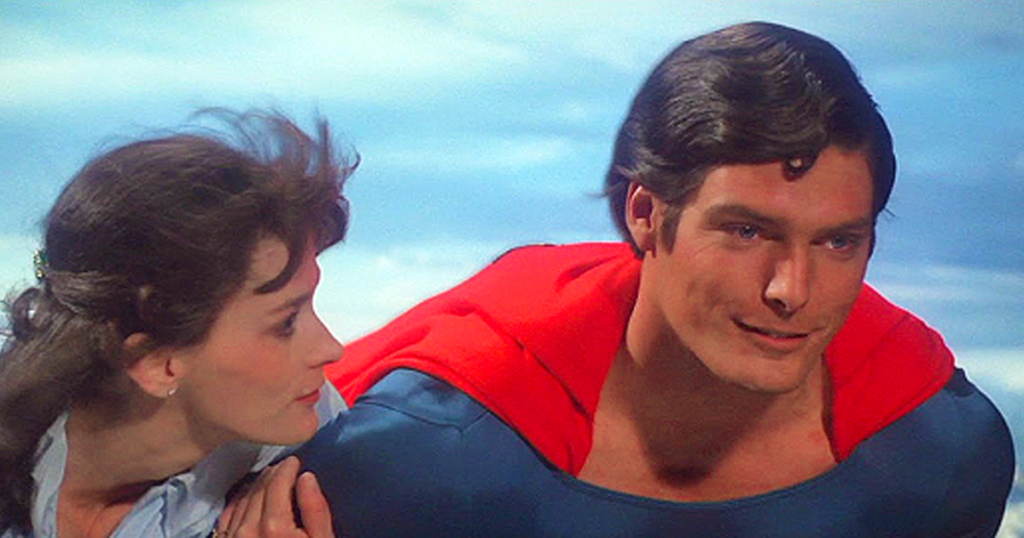
review | Superman: The Movie
The 4K HDR release smooths down the rough edges while keeping the charm of the original, 1978 film intact
by Dennis Burger
updated June 3, 2023
Let’s talk about courage for a moment—not the courage it took for Ilya and Alexander Salkind to make a sentimental and sincere big-budget superhero film when there was no precedent for that sort of thing. Nor the courage it took for director Richard Donner and casting director Lynn Stalmaster to take a risk on unknown Christopher Reeve for the lead role, when so many other famous names were contending for the red cape and spit curl. You’ve no doubt heard those stories before.
Let’s talk instead about the courage it took for Warner Bros. to release a 4K HDR version of Superman: The Movie in 2018 that preserves all of the celluloid flaws (and charms) of the original cinematic release in an era where so many studios are glossing up, de-noising, sharpening, and generally attempting to modernize the standouts in their classic-film catalogs.
This is one of those films I buy on any new home video format the day it’s released, which isn’t to say every home video release has been a major improvement over the ones before it. This is an intentionally soft and heavily filtered film, after all. It lacks rock-solid blacks and there’s a prominent graininess to the image, especially in special-effects shots.
If Kaleidescape’s 4K HDR release weren’t true to all of that, it would be a bit of a betrayal. So why release it in 4K HDR at all? What stands out most in this release as compared with previous efforts (including the Blu-ray quality 1080p version of the film, also included with the Kaleidescape download) is the richness and saturation of its colors, especially in the early sequences in Smallville.
Before that, the scenes on Krypton also get a nice boost from the enhanced brightness afforded by HDR. I finally think I get what Donner was going for with those silly reflective suits Jor-El (Marlon Brando) and Lara (Susannah York) wear as they ponder the fate of their infant child before rocketing him off to earth. They have a pop and sizzle here they’ve never had on home video before.
Other than that, it’s as if a layer of haze has been wiped off of the film. Granted, what was buried under the haze was a late-’70s work of photochemical film. It’s fuzzy, it’s muted,and its effects shots look kinda laughable. But that’s long been part of the charm of this film, so kudos to Warner for having the cajones to release it as such, and kudos to Kaleidescape for delivering it with all of its textures and nuances intact.
This isn’t the movie you’re going to whip out if you simply want to show off all of your projector’s or TV’s pixel-pumping, high-contrast capabilities. Still, it’s hard to deny that this is the best that Superman: The Movie has ever looked or will likely ever look. I daresay the original 70mm print didn’t shine this brilliantly the first time it was spindled through the projector on opening night in 1978.
One thing worth noting is that the Kaleidescape version doesn’t include the new Atmos remix included with the UHD Blu-ray disc. I’m not sure how you feel about that, but I don’t miss it. The new DTS-HD Master Audio 5.1 mix that is included is a big step up from previous efforts, especially with its rich, bombastic delivery of John Williams’ iconic score. The fidelity here is flawless yet it isn’t an outright betrayal of the film’s original aesthetic.
Am I alone in this, though? Would you rather see a classic like Superman: The Movie presented as a product of its time, in the best possible light of today’s home video technology? Or would you prefer that the studio iron out the grain, sharpen up the edges, slap on a fresh coat of paint, and try to make the film look (and sound!) more like the current crop of superhero flicks that owe so much to this cherished classic?
Dennis Burger is an avid Star Wars scholar, Tolkien fanatic, and Corvette enthusiast who somehow also manages to find time for technological passions including high-end audio, home automation, and video gaming. He lives in the armpit of Alabama with his wife Bethany and their four-legged child Bruno, a 75-pound American Staffordshire Terrier who thinks he’s a Pomeranian.
PICTURE | The 4K HDR release preserves all of the celluloid flaws (and charms) of the original cinematic release while bringing richness, saturation, and a new vividness to the colors
SOUND | The DTS-HD Master Audio 5.1 mix is a big step up from previous efforts, especially with its rich, bombastic delivery of John Williams’ iconic score
© 2025 Cineluxe LLC
